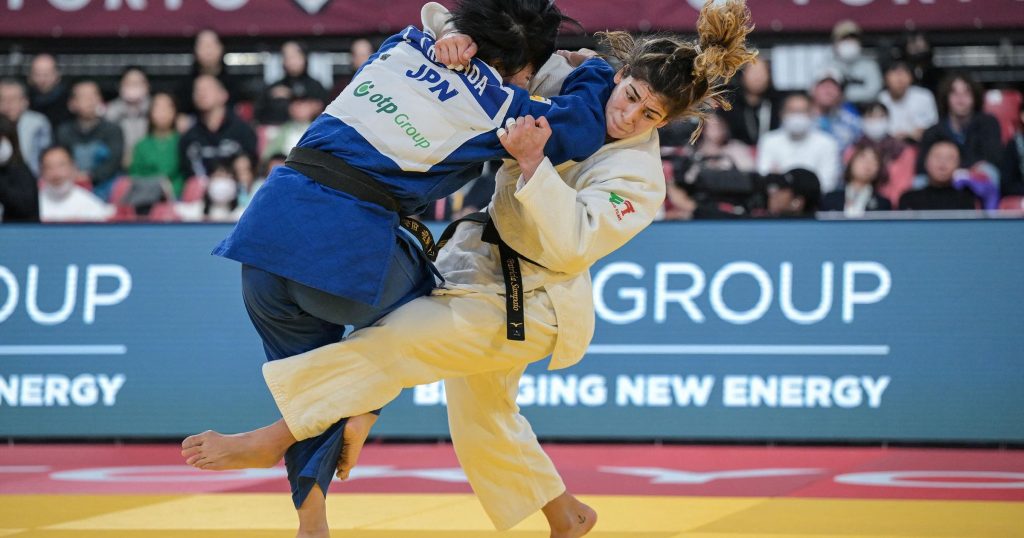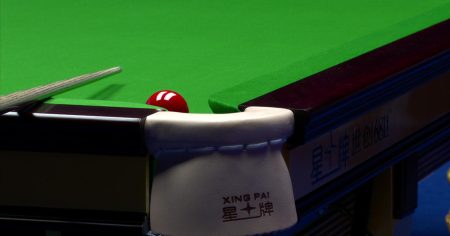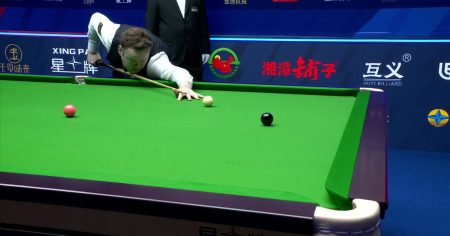The Tokyo Grand Slam, a prestigious event on the international judo calendar, served as a thrilling showcase of athletic prowess, strategic brilliance, and unwavering determination, particularly highlighting the exceptional performances of Japanese judoka Taiki Nakamura and Kisumi Omori. Nakamura, competing in the men’s -60kg category, navigated a challenging field of international competitors with his signature blend of explosive speed and technical precision. His matches were characterized by lightning-fast ashi-waza (foot sweeps) and perfectly timed seoi-nage (shoulder throws), demonstrating his mastery of both traditional and modern judo techniques. Omori, a rising star in the women’s -70kg category, captivated audiences with her dynamic fighting style, combining powerful grip fighting with a relentless attacking spirit. She showcased an impressive arsenal of throwing techniques, including ura-nage (rear throws) and o-goshi (hip throws), and demonstrated a remarkable ability to transition seamlessly between standing and ground fighting.
Nakamura’s journey through the tournament began with a series of decisive victories, demonstrating his dominance over opponents with varied styles and approaches. He displayed remarkable adaptability, adjusting his tactics to counter the strengths of each adversary. His preliminary matches served as a testament to his rigorous training and unwavering focus. Against more formidable opponents, Nakamura’s tactical acumen came to the fore. He exhibited patience and control, waiting for the perfect opportunity to strike with precision and power. His quarter-final match was a masterclass in tactical judo, where he expertly neutralized his opponent’s attacks before securing a decisive ippon (full point) with a perfectly executed counter-throw. The semi-final showcased Nakamura’s resilience and mental fortitude, as he battled back from an early deficit to secure a hard-fought victory, setting the stage for a highly anticipated final clash.
In the final, Nakamura faced a formidable opponent, a seasoned veteran known for his defensive prowess and counter-attacking abilities. The match was a tense affair, with both judoka cautiously probing for weaknesses. Nakamura, however, remained unfazed, maintaining his composure and unwavering focus amidst the pressure of the final. He employed a variety of techniques, constantly shifting his attack to keep his opponent off balance. In a dramatic moment that ignited the crowd, Nakamura capitalized on a slight opening, executing a lightning-fast uchi-mata (inner thigh throw) to secure a decisive ippon and claim the gold medal, solidifying his position as a leading contender on the world stage.
Kisumi Omori’s performance at the Tokyo Grand Slam was equally captivating, showcasing her rapid rise through the ranks of women’s judo. Her matches were characterized by a dynamic and aggressive fighting style, demonstrating her unwavering commitment to offensive judo. Omori’s preliminary matches were a demonstration of her technical proficiency and tactical awareness, as she systematically dismantled her opponents with a combination of powerful throws and strategic groundwork. Each match saw Omori dictate the pace and direction of the contest, relentlessly pursuing opportunities to score while effectively neutralizing her opponents’ attacks. Her throws were executed with remarkable speed and precision, highlighting her exceptional athleticism and technical mastery.
As the tournament progressed, Omori faced increasingly challenging opponents, testing her resolve and pushing her to her limits. She demonstrated exceptional adaptability, adjusting her tactics to counter the varying styles and strengths of her adversaries. In the quarter-final, Omori faced a tough opponent known for her defensive strength and counter-attacking abilities. In a thrilling back-and-forth battle, Omori demonstrated her tenacity and resilience, eventually securing victory with a well-timed o-soto-gari (major outer reaping throw). The semi-final was a testament to Omori’s mental fortitude, as she overcame a significant point deficit to secure a dramatic victory in the final seconds of the match, sending the crowd into a frenzy of excitement.
The final match for Omori was a clash of styles, pitting her aggressive, attack-oriented judo against the more defensive, counter-attacking approach of her opponent. The match was a tense affair, with both judoka cautiously probing for openings. Omori, however, remained undeterred, maintaining her aggressive posture and relentless pursuit of victory. In a pivotal moment, Omori seized an opportunity, executing a perfectly timed harai-goshi (sweeping hip throw) to score a waza-ari (half point). Maintaining her composure and focus, Omori defended expertly against her opponent’s desperate attempts to equalize the score, ultimately securing the gold medal and solidifying her position as a rising force in the world of women’s judo. The performances of both Nakamura and Omori at the Tokyo Grand Slam served as a testament to the strength and depth of Japanese judo, inspiring future generations of judoka and captivating audiences worldwide with their thrilling displays of athleticism, skill, and sportsmanship.














